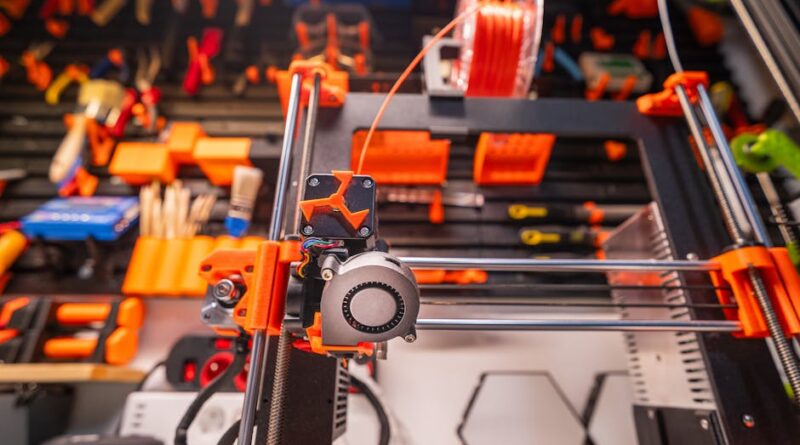Exploring 3D Effects in Print Design
Have you ever picked up a magazine or flyer and noticed how it seems to pop off the page? that’s the magic of 3D effects in print design! These techniques can turn flat images into captivating visuals that grab attention. In this article, well explore what 3D effects are, how they work, and how you can use them in your own designs.
What Are 3D Effects in Print Design?
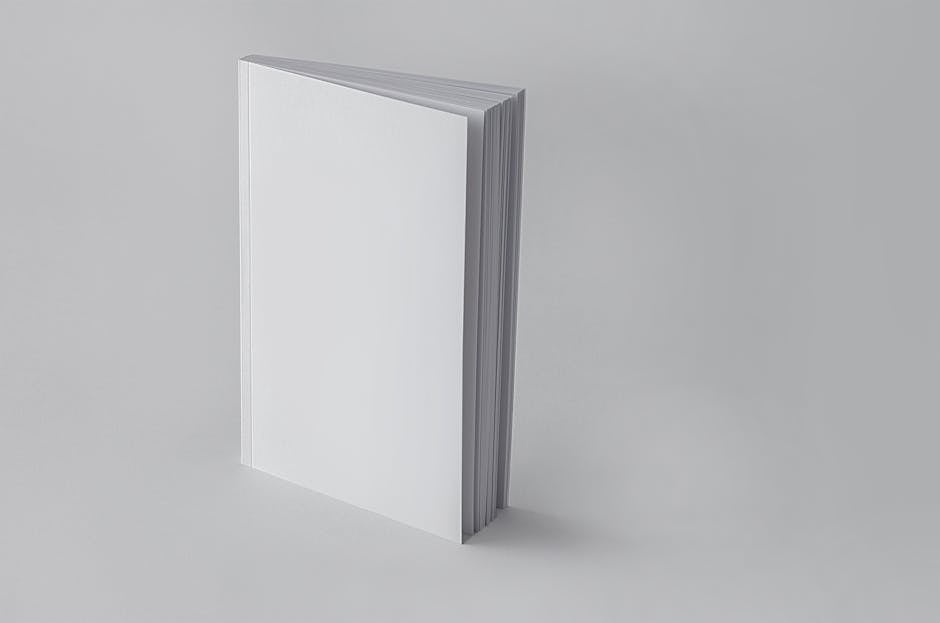
3D effects create an illusion of depth and dimension on a flat surface. Instead of just seeing a picture, you feel like you can reach out and touch it. Think of a classic pop-up book. When you open it, characters leap into view, engaging your imagination. it’s the same idea behind 3D effects in print.
The goal is to make printed material more appealing. This can involve shadows, highlights, and layering images. By adding these elements, designers can create a sense of realism that draws readers in.
Why Use 3D Effects?
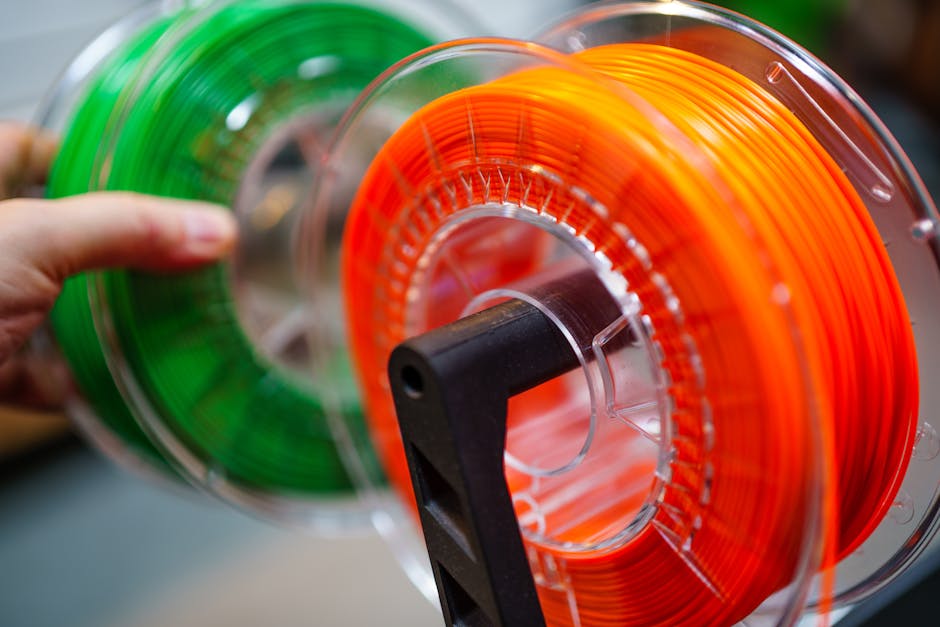
3D effects can make your designs stand out in a crowded market. Heres why they matter:
- Attractiveness: Eye-catching designs grab attention. People are more likely to stop and look.
- Engagement: 3D visuals keep viewers interested longer. The more engaged they are, the more likely they will remember your message.
- Branding: Unique designs can strengthen your brand identity. People will associate your brand with quality and creativity.
According to a study by the Visual Marketing Institute, visuals are processed 60,000 times faster than text. This shows just how effective images can be in communication.
How Do Designers Create 3D Effects?
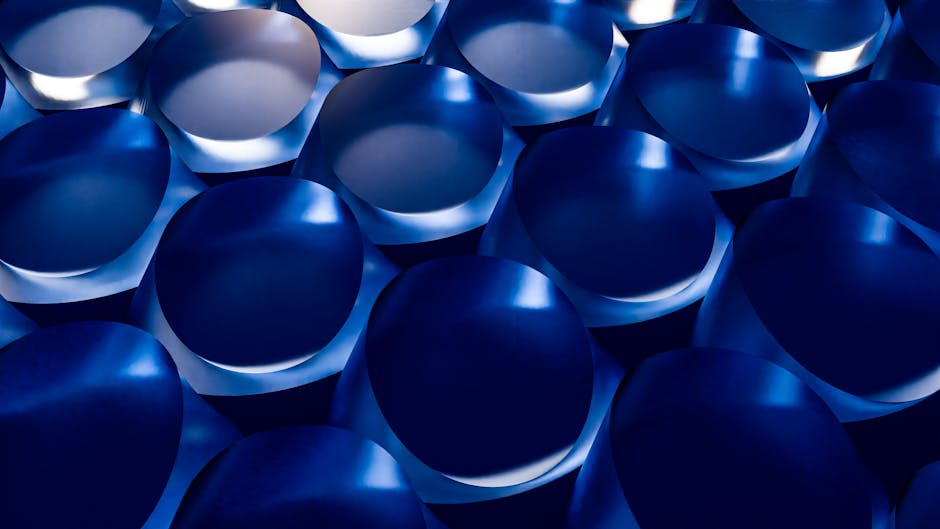
Creating 3D effects involves a mix of techniques. Lets break them down:
Layering Images
One simple way to create a 3D effect is by layering images. Think of a sandwich. You have bread, lettuce, tomato, and meat all stacked together. In design, layering involves placing images on top of each other.
By using different opacities and blending modes, you can create depth and realism. For example, a graphic of a mountain can be layered behind clouds to give the impression that the clouds are floating above.
Shadows and Highlights
Shadows and highlights are crucial for achieving a 3D look. They add depth and make objects appear more realistic. Heres how they work:
- Shadows: Adding a shadow behind an object makes it look like it’s lifted off the page. This technique is called drop shadow.
- Highlights: Brightening parts of an object can simulate light hitting it. This can give a glossy, three-dimensional feel.
Remember, the position of your light source matters. If your light is coming from the top right, shadows will fall to the bottom left.
Using Gradients
Gradients are gradual transitions between colors. They can add depth to flat designs and make them look more dynamic. For example, a blue gradient that shifts from light to dark can make a sky look more realistic.
By applying gradients, you can simulate the way light and shadow interact in real life. This small change can make a big difference in how your design is perceived.
What Tools Can Help Create 3D Effects?
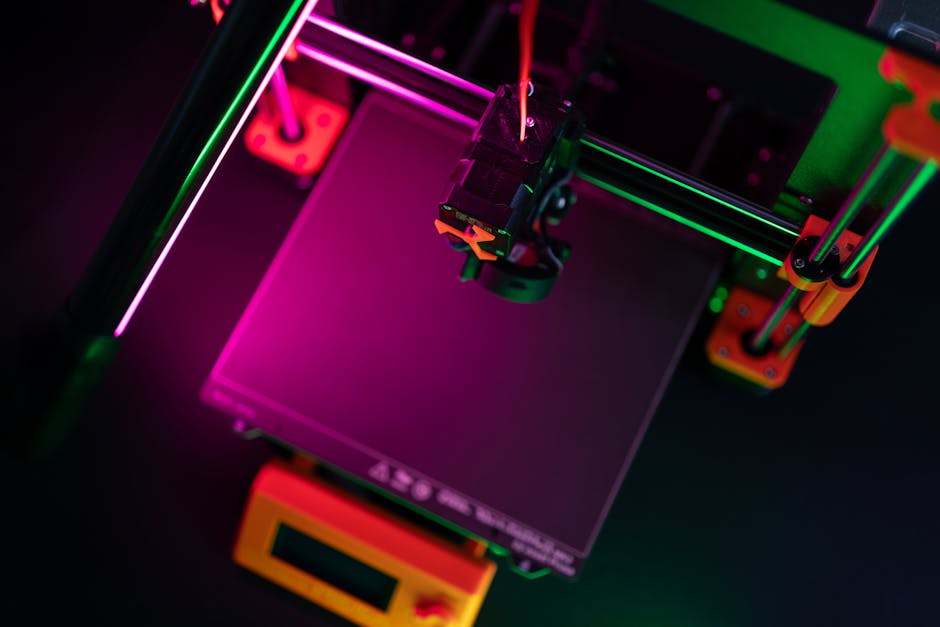
There are many software tools available for creating 3D effects in print design. Here are some popular ones:
- Adobe Photoshop: A powerful tool for image editing. It offers various features like layering, shadows, and gradients.
- Adobe Illustrator: Great for creating vector graphics. It allows you to create 3D shapes and apply effects easily.
- Canva: A user-friendly design tool that’s perfect for beginners. It has templates and elements that can help add 3D effects without complex techniques.
Using these tools can help you bring your 3D design ideas to life, even if you’re just starting out.
What Are Common Misconceptions About 3D Effects?
There are several myths surrounding 3D effects in print design. Lets debunk a few:
Myth 1: 3D Effects Are Only for Professional Designers
While professionals may have more experience, anyone can use 3D effects. With the right tools and a little practice, you can create stunning designs too!
Myth 2: 3D Effects Make Designs Look Cluttered
When used wisely, 3D effects can enhance a design, not overwhelm it. The key is balance. If every element in your design has a 3D effect, it can become chaotic. Use effects sparingly to maintain clarity.
Myth 3: 3D Effects Are Expensive to Create
While some high-end designs may require significant investment, many tools are free or low-cost. Software like Canva can help you create visually appealing designs without draining your wallet.
How Can You Apply 3D Effects to Your Designs?
Now that you know the basics of 3D effects, how can you apply them? Here are some actionable tips:
- Start Simple: Choose one or two techniques to implement in your next design project. Gradually incorporate more as you gain confidence.
- Study Examples: Look at magazines, flyers, and posters to see how professionals use 3D effects. Take notes on what works and why.
- Experiment: Don’t be afraid to try different combinations of effects. Experimentation can lead to unique and engaging designs.
Remember, practice makes perfect. The more you play with these techniques, the more skilled youll become.
Final Thoughts on 3D Effects in Print Design
3D effects can transform ordinary print designs into extraordinary visuals. They attract attention, engage viewers, and enhance your brand identity. By layering images, using shadows, and applying gradients, you can create stunning designs that pop.
So, the next time you create a flyer, brochure, or poster, think about how you can add depth and dimension. Dive into the world of 3D effects and watch your designs come to life!
For more tips on print design, check out our article on Print Design Tips for Beginners.
Ready to explore more? Start creating and let your imagination soar!
